Sodium (chemical symbol Na) is an interesting element. It reacts in contact with both oxygen and water, and several sodium salts are used to produce a yellow color in fireworks.
The metallic form has limited uses in chemistry, and is too soft and reactive to be used as a building material. Sodium's primary use (besides forming other chemical compounds) is as a high density coolant when in liquid form. When alloyed together with potassium metal, the resulting substance is liquid at room temperature, and also used as a coolant (occasionally in nuclear reactors).
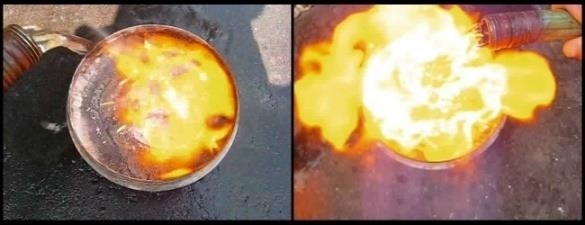
With the use of a finely powdered reactive metal such as magnesium or aluminum, sodium may be produced through a reaction with sodium hydroxide—a common drain cleaner known as lye. This video details the process:
This experiment uses several dangerous chemicals and there is obviously a fire hazard. Full laboratory safety gear is required, including safety glasses, chemically resistant gloves, and a lab coat. It should also not be done in a dry area or where fire could likely spread.
The reaction is as follows: 2Mg + 2NaOH -> 2MgO + 2Na + H2
This reaction works because the magnesium (Mg) is able to rip the oxygen molecule right out of the sodium hydroxide (NaOH). Sodium cannot bind to hydrogen alone, so with the oxygen gone, both remaining elements are free. The hydrogen escapes the reaction chamber and burns in contact with the air, and the sodium and magnesium oxide (MgO) is left at the bottom of the container.
Sodium will quickly begin to react with the moisture in air, once again forming sodium hydroxide and hydrogen gas. To prevent it from coming into contact with water and oxygen it must be stored under mineral oil. Many videos have circulated online and through high school science classes of large pieces being thrown into water resulting in large explosions from the rapid production and ignition of hydrogen gas. This may be a very interesting thing that can be done with sodium, but it should also be noted that the lye produced will stay in the water, and is deadly to aquatic life. It should only ever be reacted with water in isolated containers where it can do no harm.
Have fun, and stay safe!
Just updated your iPhone? You'll find new emoji, enhanced security, podcast transcripts, Apple Cash virtual numbers, and other useful features. There are even new additions hidden within Safari. Find out what's new and changed on your iPhone with the iOS 17.4 update.
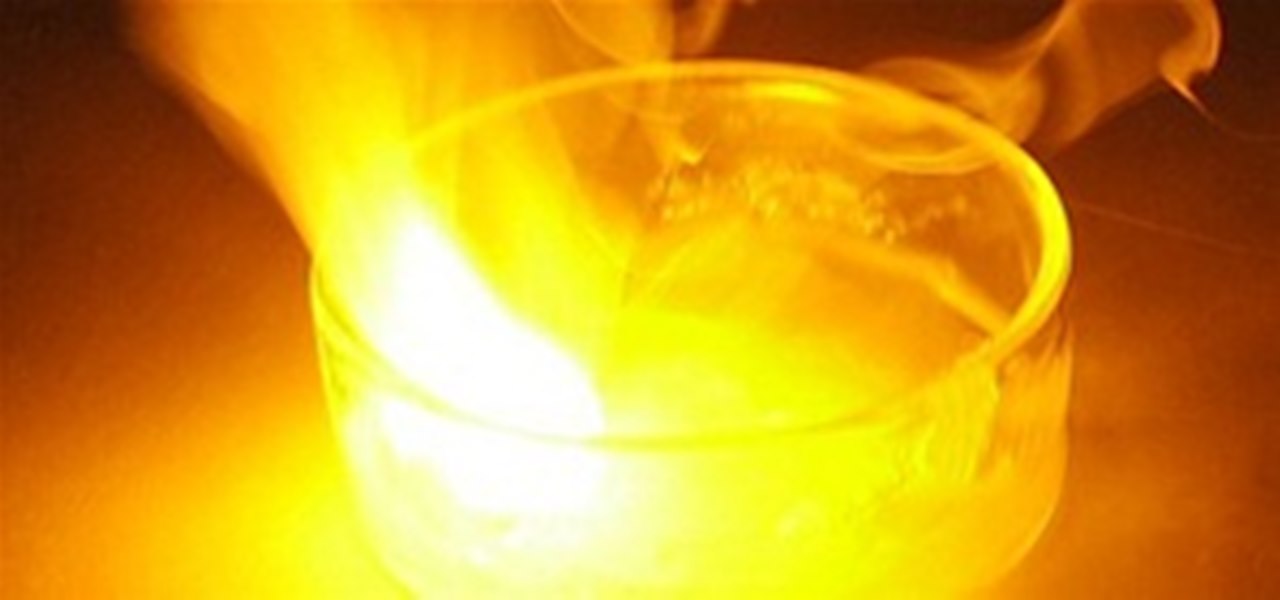


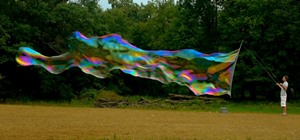
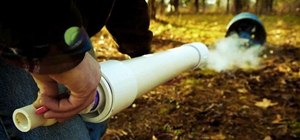
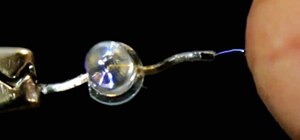


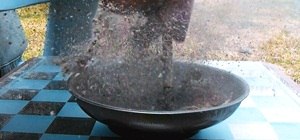
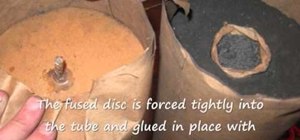
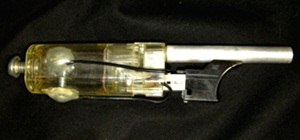
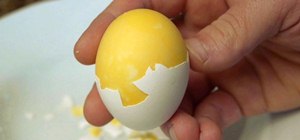


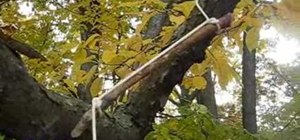
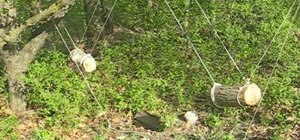
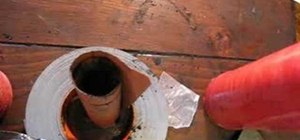
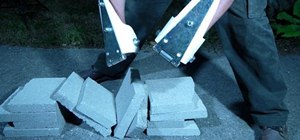
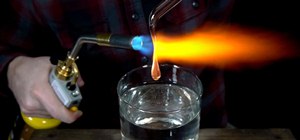

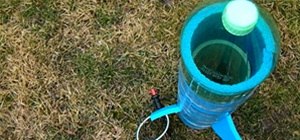
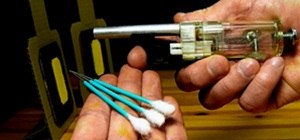
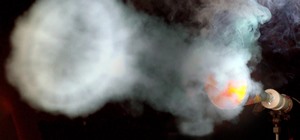
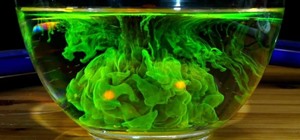
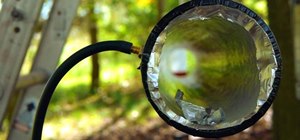
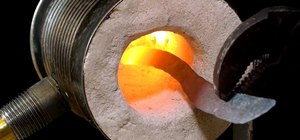
5 Comments
What other cool chemistry related stuff have you done?
Currently I don't have very many chemistry projects published. I have several articles on my website, grassrootsdiy.com, one regarding how to make nitrocellulose, and another about the basic chemistry involved in fireworks. An article about nitrocellulose will probably be posted here at some point, but I have not started on one yet.
Chemistry is always something that interested me deeply, something about interactions between different materials, happening on a molecular level. Its a shame I truly suck at balancing chemical equations or I probably would have taken the more advanced courses in highschool. How much experience in chemistry does on need to do some neat experiments?
A simple way I typically educate myself is to Google for PDF documents. I just researched and found for you athttp://www.documbase.com/ a li
st of books marked "basic chemistry lessons" located athttp://www.documbase.com/Basic-Chemistry-Lessons.pdf I really hope this helps, -vincent-
Balancing chemical equations is nothing more than a very simple math problem. If you've had trouble with it I'm sure it's no more than a misunderstanding that could be corrected in 20 minutes or less by someone who knows it well and you'll have it down. For a reaction such as this you at least want some experience working with strong acids or alkalines, as well as experience working with combustible chemicals and reactions. Knowing how to preform experiments safely is the most important thing.
Share Your Thoughts